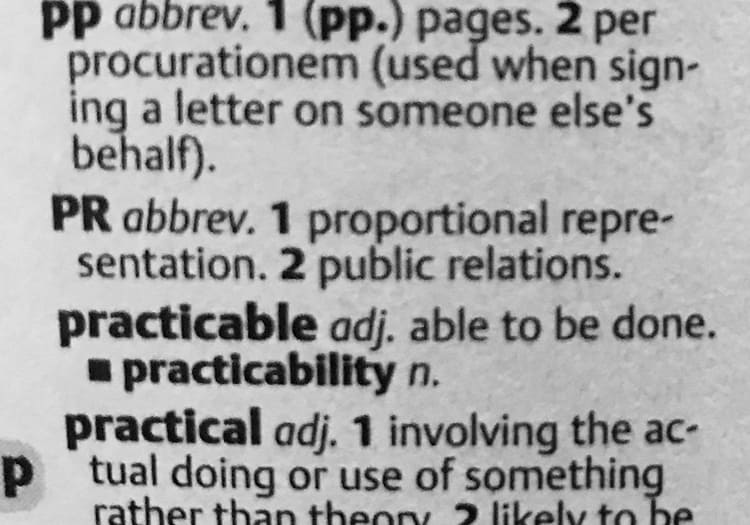PR acronyms and jargon – what do they all mean?!

Like many of us, I know my own industry inside out and, as a result, sometimes assume that everyone I speak to understands what I mean when I use certain phrases and acronyms.
A chance conversation at a networking event recently got me thinking about this in more detail. The lady in question said to me that a lot of people think that ‘PR’ stands for ‘press release’ and that I would be surprised how many people don’t know that it stands for ‘public relations’. I was astounded and then realised that I know what the initials stand for because I live and breathe PR. If I was to speak to an IT specialist or accountant would I know what a lot of the acronyms they used stood for? Probably not.
So, I decided to put together a blog to clarify some of the more commonly used PR terms and acronyms:
- PR – Public relations. To fully understand what is meant by the term ‘public relations’, visit the Chartered Institute of PR website (which is often referred to as another acronym, CIPR!)
- Copy – Copy is a general term given to the written text that is used for marketing and PR purposes and typically appears on websites and in magazines, newspapers, brochures, leaflets and adverts.
- Coverage or ‘hit’ – When you have secured an article in the media through your PR activity, this is also referred to as a ‘press hit’ or ‘press coverage’.
- Media pack – A media pack for a publication or news website is often a PDF put together by the said media to give advertisers information. It typically goes into the circulation figures or number of visitors a website gets, along with advertising rates, publication dates and a Forward Features list and copy deadline dates (the deadline for submissions of press releases or editorial pieces for each issue).
- AVE rates – Advertising value equivalent. For years press coverage was measured using AVE rates as it was the only way to put a monetary value on the page space gained in a newspaper or magazine. PR peeps would sit there with a ruler and physically measure the column inches and then refer to the ratecard to work out a value of the coverage space gained. Thankfully the measurement of PR value has moved on since the days of literally measuring ‘column inches’, but the use of AVE rates remains reasonably commonplace in the industry with cloud software now able to track these measurements and send out email alerts. With the rise of more digital coverage with news websites, online publications and blogs, the metrics relating to PR success and return on investment (ROI is another acronym!!) is constantly under scrutiny and review. See our previous blog on How can we measure the true value of PR coverage? for more on this.
- Under embargo – Sometimes it is necessary for a press release to go out to the media before the ‘story’ can be officially announced. In this instance, the press release must be labelled ‘Under embargo until [TIME AND DATE]’. This means the journalist can work on the story and start laying it out on the page but it can’t be published until the embargo time and date has passed.
Latest Articles
Ballyhoo PR launches in Corby
Ballyhoo PR, a brand new company offering PR and copywriting services to businesses, has launched in Corby. Based at ...
To new adventures and following your dreams
Walt Disney once said: “All our dreams can come true if we have the courage to pursue them.” That ...












